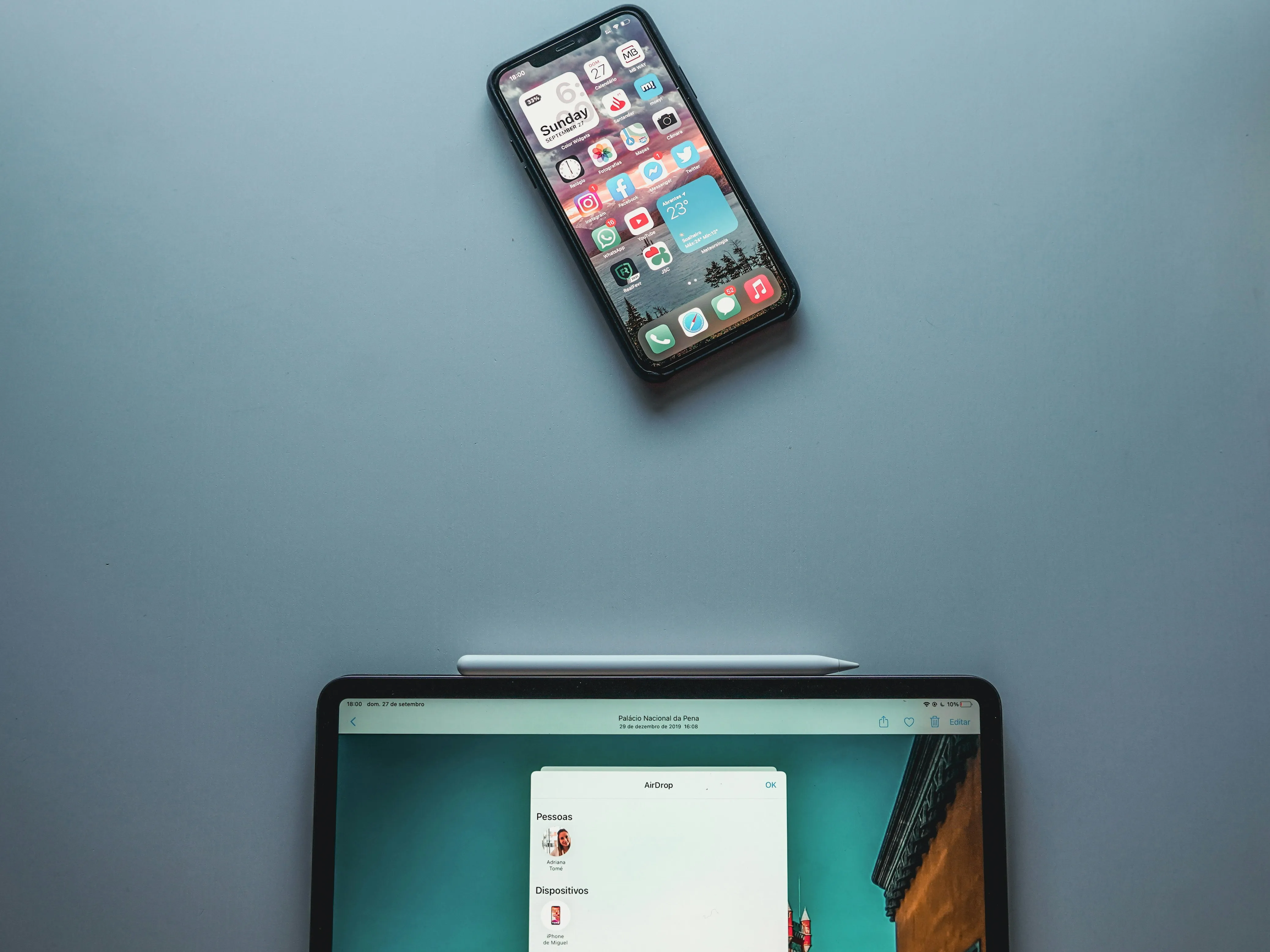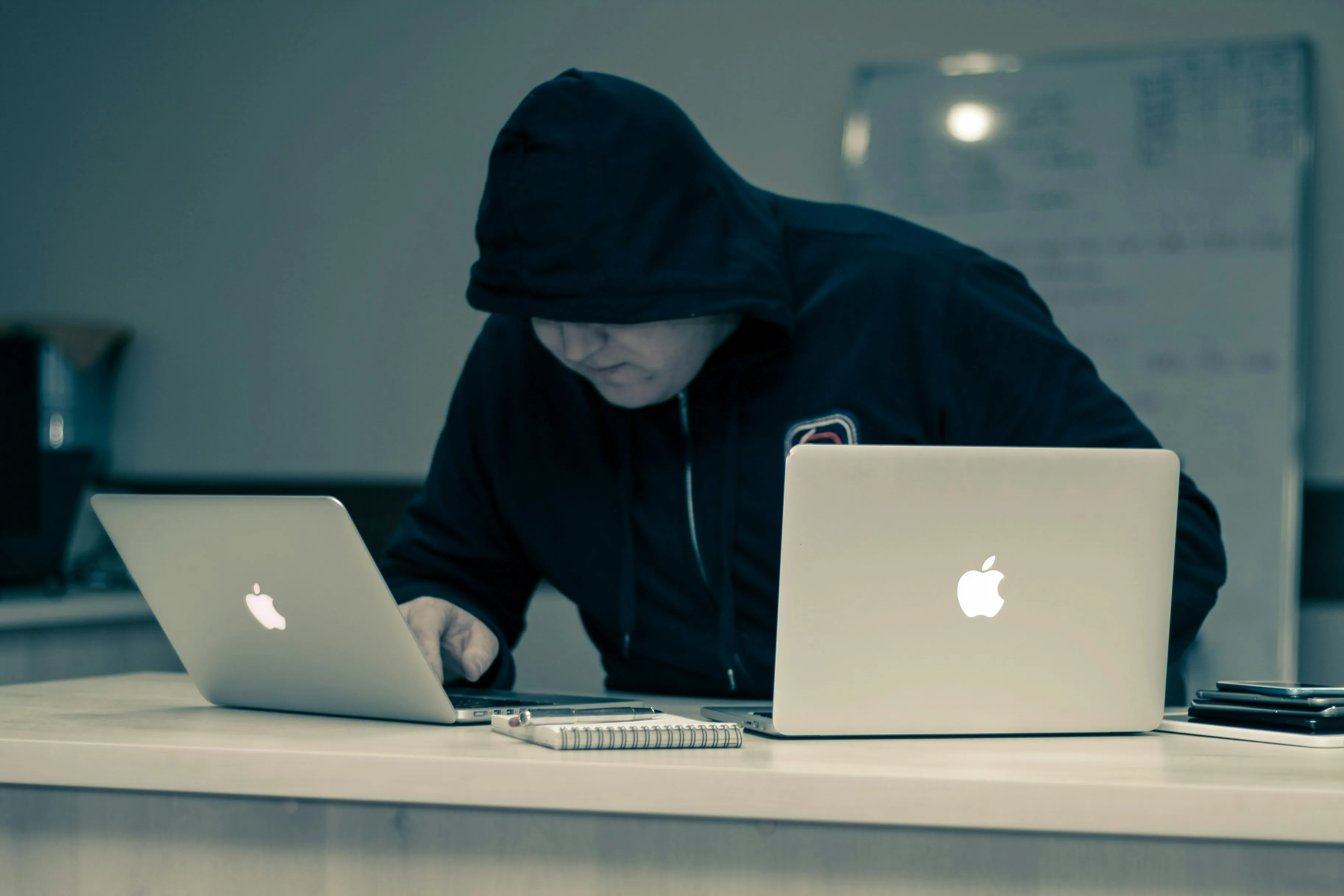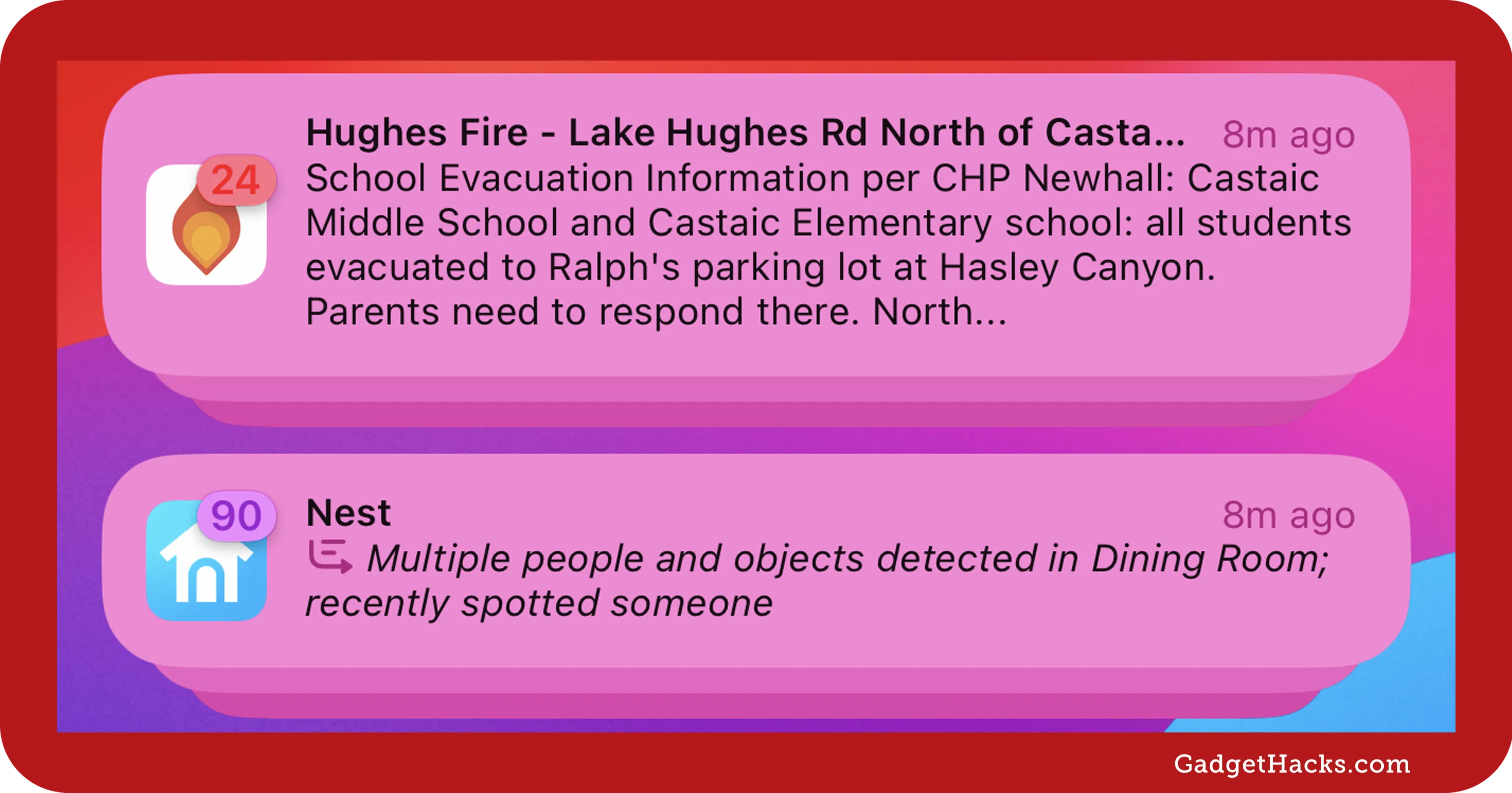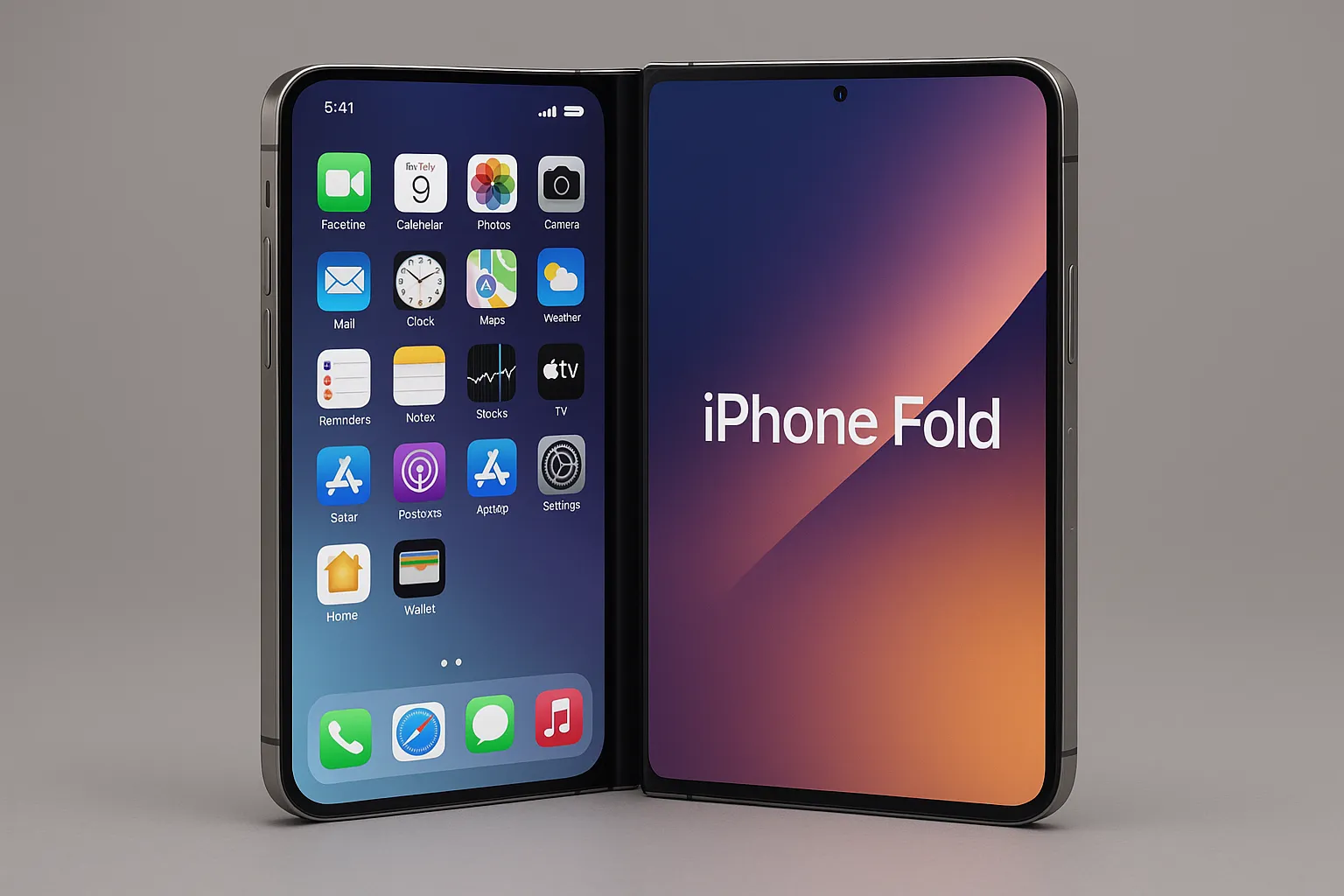Almost 190 secret characters are hiding behind your iPhone's default keyboard, and I'm not talking about what you see after tapping the "123" or "#+=" keys. These special composite characters can include accents, dots, and other diacritics, and you'll even see some strange typographical characters like the section sign, inverted marks, and per mille symbol. Here's how you find them.
The characters uncovered here are found in the English (US) keyboard available on iOS 15, iOS 16, and iOS 17, but you'll find most of them on older iOS versions and also on iPadOS. Keyboards in other languages will have their own sets of hidden characters.
In the default English keyboard, you'll find composite characters using accents such as acute (á, ó, Ú), circumflex (Â, ê, î), grave (Ò, ù, Í), and tilde (ã, Ñ, õ); dots such as umlaut (Ö, ü), and other diacritics such as macron (ā, Ā), overring (å, Å), and slash (ø, Ø). You use these to change how the pitch of a letter sounds, emphasize syllables, indicate stress, mark a letter as long or heavy, create independent letters distinct from their diacritic-less versions, and more.
- Don't Miss: 71 More Special Characters Are Hiding Within Your Keyboard on iOS 17 and iPadOS 17 — Here's What's New
Below, I've listed all the hidden secondary, extended, and shifted characters and punctuation marks on your iPhone's English (US) keyboard. You can access these characters with a long press or tap and hold of the corresponding key. On your computer, you might be used to using the Shift key plus a corresponding key, the Option key plus a corresponding key, or a character keycode instead. We don't have those options on the iPhone, so these actions are delegated to gestures instead.
Diacritics
This first group of characters uses diacritics, which currently includes 164 special characters on iOS 17 and later, or 93 special characters on iOS 16 and earlier. These are letters with added accent marks or independent letters with accent marks. In most cases, if a lowercase letter has a certain diacritic, its uppercase version will too, but not always.
Some of these will come in handy when using iMessage effect triggers. Still, you'll most likely use them when spelling résumé, mêlée, exposé, pâté, rosé, øre, and other words you'll sometimes see with accents in English.
a ---------------------
à (grave)
á (acute)
â (circumflex)
ä (umlaut or diaeresis)
æ (ash or æsh) [a ligature or diphthong]
ã (tilde)
å (overring)
ā (macron)
ǎ (caron or hacek / háček / haček) iOS 17 and later only
ă (breve) iOS 17 and later only
ą (ogonek) iOS 17 and later only
A ---------------------
À (grave)
Á (acute)
 (circumflex)
Ä (umlaut or diaeresis)
Æ (ash or æsh) [a ligature or diphthong]
à (tilde)
Å (overring)
Ā (macron)
Ǎ (caron or hacek / háček / haček) iOS 17 and later only
Ă (breve) iOS 17 and later only
Ą (ogonek) iOS 17 and later only
c ---------
ç (cedilla)
ć (acute)
č (caron or hacek / háček / haček)
ċ (overdot) iOS 17 and later only
C ---------
Ç (cedilla)
Ć (acute)
Č (caron or hacek / háček / haček)
Ċ (overdot) iOS 17 and later only
d ---------------------
ď (caron or hacek / háček / haček) iOS 17 and later only
ð (eth / edh) iOS 17 and later only
D ---------------------
Ď (caron or hacek / háček / haček) iOS 17 and later only
Ð (eth / edh) iOS 17 and later only
e ---------------------
è (grave)
é (acute)
ê (circumflex)
ë (umlaut or diaeresis)
ē (macron)
ė (overdot)
ę (ogonek)
ě (caron or hacek / háček / haček) iOS 17 and later only
ẽ (tilde) iOS 17 and later only
E ---------------------
È (grave)
É (acute)
Ê (circumflex)
Ë (umlaut or diaeresis)
Ē (macron)
Ė (overdot)
Ę (ogonek)
Ě (caron or hacek / háček / haček) iOS 17 and later only
Ẽ (tilde) iOS 17 and later only
g ---------------------
ğ (breve) iOS 17 and later only
ġ (overdot) iOS 17 and later only
G ---------------------
Ğ (breve) iOS 17 and later only
Ġ (overdot) iOS 17 and later only
h ---------------------
ħ (bar or stroke) iOS 17 and later only
H ---------------------
Ħ (bar or stroke) iOS 17 and later only
i ---------------------
ì (grave)
į (ogonek)
ī (macron)
í (acute)
ï (umlaut or diaeresis)
î (circumflex)
ı (dotless) iOS 17 and later only
ĩ (tilde) iOS 17 and later only
ǐ (caron or hacek / háček / haček) iOS 17 and later only
I ---------------------
Ì (grave)
Į (ogonek)
Ī (macron)
Í (acute)
Ï (umlaut or diaeresis)
Î (circumflex)
İ (overdot or tittle) iOS 17 and later only
Ĩ (tilde) iOS 17 and later only
Ǐ (caron or hacek / háček / haček) iOS 17 and later only
k --------
ķ (cedilla) iOS 17 and later only
K --------
Ķ (cedilla) iOS 17 and later only
l --------
ł (stroke or middle tilde)
ľ (caron or hacek / háček / haček) iOS 17 and later only
ļ (cedilla) iOS 17 and later only
L --------
Ł (stroke or middle tilde)
Ľ (caron or hacek / háček / haček) iOS 17 and later only
Ļ (cedilla) iOS 17 and later only
n -------
ń (acute)
ñ (tilde)
ň (caron or hacek / háček / haček) iOS 17 and later only
ņ (cedilla) iOS 17 and later only
N -------
Ń (acute)
Ñ (tilde)
Ň (caron or hacek / háček / haček) iOS 17 and later only
Ņ (cedilla) iOS 17 and later only
o ---------------------
õ (tilde)
ō (macron)
ø (stroke or slash)
œ (ethel or œthel) [a ligature or diphthong]
ó (acute)
ò (grave)
ö (umlaut or diaeresis)
ô (circumflex)
ő (double acute accent or hungarumlaut) iOS 17 and later only
ǒ (caron or hacek / háček / haček) iOS 17 and later only
O ---------------------
Õ (tilde)
Ō (macron)
Ø (stroke or slash)
Œ (ethel or œthel) [a ligature or diphthong]
Ó (acute)
Ò (grave)
Ö (umlaut or diaeresis)
Ô (circumflex)
Ő (double acute accent or hungarumlaut) iOS 17 and later only
Ǒ (caron or hacek / háček / haček) iOS 17 and later only
r -------------------
ř (caron or hacek / háček / haček) iOS 17 and later only
R -------------------
Ř (caron or hacek / háček / haček) iOS 17 and later only
s -------------------
ß (sharp s or eszett)
ś (acute)
š (caron or hacek / háček / haček)
ş (cedilla) iOS 17 and later only
ș (comma) iOS 17 and later only
S -------
Ś (acute)
Š (caron or hacek / háček / haček)
ẞ (sharp s or eszett) iOS 17 and later only
Ş (cedilla) iOS 17 and later only
Ș (comma) iOS 17 and later only
t ---------------------
ț (comma) iOS 17 and later only
ť (caron or hacek / háček / haček) iOS 17 and later only
þ (thorn) iOS 17 and later only
T ---------------------
Ț (comma) iOS 17 and later only
Ť (caron or hacek / háček / haček) iOS 17 and later only
Þ (thorn) iOS 17 and later only
u ---------------------
ū (macron)
ú (acute)
ù (grave)
ü (umlaut or diaeresis)
û (circumflex)
ų (ogonek) iOS 17 and later only
ů (ring) iOS 17 and later only
ű (double acute accent or hungarumlaut) iOS 17 and later only
ũ (tilde) iOS 17 and later only
ǔ (caron or hacek / háček / haček) iOS 17 and later only
U ---------------------
Ū (macron)
Ú (acute)
Ù (grave)
Ü (umlaut or diaeresis)
Û (circumflex)
Ų (ogonek) iOS 17 and later only
Ů (ring) iOS 17 and later only
Ű (double acute accent or hungarumlaut) iOS 17 and later only
Ũ (tilde) iOS 17 and later only
Ǔ (caron or hacek / háček / haček) iOS 17 and later only
w ---------------------
ŵ (circumflex) iOS 17 and later only
W ---------------------
Ŵ (circumflex) iOS 17 and later only
y ---------------------
ÿ (umlaut or diaeresis)
ŷ (circumflex) iOS 17 and later only
ý (acute) iOS 17 and later only
Y ---------------------
Ÿ (umlaut or diaeresis)
Ŷ (circumflex) iOS 17 and later only
Ý (acute) iOS 17 and later only
z ---------
ž (caron or hacek / háček / haček)
ź (acute)
ż (overdot)
Z ---------
Ž (caron or hacek / háček / haček)
Ź (acute)
Ż (overdot)
Letters without hidden characters:
----------------------------------
b B
f F
j J
m M
p P
q Q
v V
x XSpecial Characters
This second group currently has 25 special characters hidden behind non-letter keys in the "123" and "#+=" keyboard options. This is where you find different dashes like the en dash (–) and em dash (—), the degree sign (º), currency symbols, and different types of quotation marks. You'll also see the inverted punctuation marks ¿ and ¡ used to add extra emphasis in Spanish. For example, ¡feliz cumpleanos! These symbols will also be helpful when composing iMessage effect triggers.
There are 71 total non-letter characters available.
0 --------------------------------------------- zero
º masculine ordinal indicator or degree symbol)
- --------- hyphen or hyphen-minus sign
– (en dash)
— (em dash)
• (bullet)
/ ----------- slash or solidus
\ (backslash or reverse solidus)
$ ------------------------------ dollar sign
₽ (Russian ruble)
¥ (Japanese yen or Chinese yuan)
€ (euro)
¢ (cent)
£ (UK pound sterling)
₩ (Korean won)
& -------------- ampersand
§ (section sign)
" --------------------------------------------------------------------------- straight double quotation mark
« (guillemet or left-pointing double angle quotation mark in some languages)
» (guillemet or right-pointing double angle quotation mark in some languages)
„ (low double curly comma or double low-9 quotation mark)
“ (left curly double quotation mark)
” (right curly double quotation mark)
. ---------- period or full stop
… (ellipsis or horizontal ellipsis)
? ------------------------ question mark
¿ (inverted question mark)
! ------------------------- exclamation mark
¡ (invert exclamation mark)
' ------------------------------------------- apostrophe
` (grave accent, backtick, or backquote)
‘ (left curly single quotation mark)
’ (right curly single quotation mark or apostrophe)
% --------------------------------- percent sign
‰ (per mille sign or parts per thousand)
= --------------------- equals sign
≈ (approximately equal or almost equal to)
≠ (not equal to)
Keys without hidden characters:
-------------------------------
(space)
1 (one)
2 (two)
3 (three)
4 (four)
5 (five)
6 (six)
7 (seven)
8 (eight)
9 (nine)
: (colon)
; (semicolon)
( (left parenthesis)
) (right parenthesis)
@ (at sign or commercial at sign)
, (comma)
[ (left square bracket)
] (right square bracket)
{ (left curly bracket)
} (right curly bracket)
# (number sign, hash, or pound sign)
^ (circumflex accent)
* (asterisk or star)
+ (plus sign)
_ (underscore, low line, or low dash)
| (vertical line or vertical bar)
~ (tilde)
< (less-than sign)
> (greater-than sign)
€ (euro sign)
£ (pound sign)
¥ (yen sign)
• (bullet)Hidden Characters in Other Keyboards
The two sections above cover the special characters in your standard English (US) iPhone keyboard, not your entire iPhone. If you know where to look, Apple includes quite a few secrets throughout its iOS keyboards. Take, for example, the Kana and Romaji keyboards, which include emoticon buttons that house collections of fun text-based faces to send to friends when you're tired of emoji.

Cover photo and screenshot by Gadget Hacks






















Comments
Be the first, drop a comment!